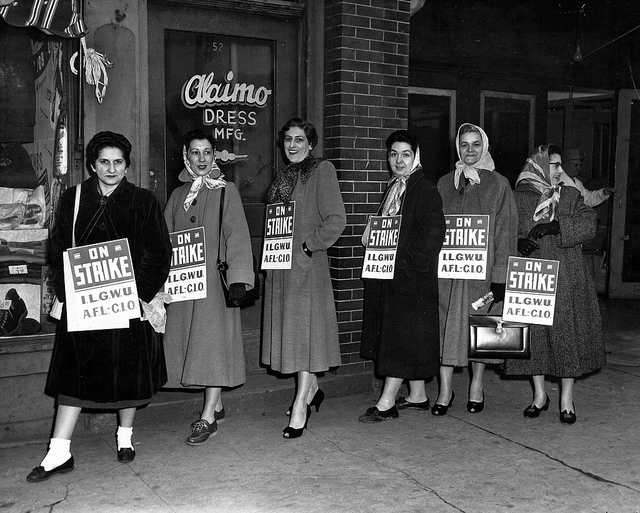Key Takeaways
- Strike is a cessation of work, while picketing is assembling outside a workplace or location to prevent others from going to work.
- Strikes are usually undertaken by labor unions as a last resort during collective bargaining, where the employer and the union try to come to an agreement about the wages, benefits, and working conditions.
- Picketing is typically done to stop others from going to work and continue striking, and can also be done to draw the attention of the general public to a cause.
Key Difference – Strike vs Picketing
Strikes and picketing are forms of protest that are often used by labor unions to gain concessions from their employees. The concepts of striking and picketing came into the political landscape after the industrial revolution. Although strike and picketing are similar and can take place in the same instance, it is important to know the difference between strike and picketing. Strike is a cessation of work whereas picketing is assembling outside a workplace or location to prevent others from going to work. This is the key difference between strike and picketing.
What is a Strike?
A strike is a refusal to work organized by a body of employees as a form of protest, typically in an attempt to gain a concession or concessions from their employer. Strikes are usually undertaken by labor unions as a last resort during collective bargaining, where the employer and the union try to come to an agreement about the wages, benefits, and working conditions. Strikes became a part of the political landscape with the beginning of the Industrial revolution.
Strikes may be specific to a particular employer, workplace or a certain unit within a workplace; they may also involve the entire industry or every worker within the country or city. A strike can negatively affect the whole country. For example, a strike conducted by the transportation workers can affect the whole economy since many workers use public transportation to go to work. Similarly, a strike undertaken by those in the medical field can even cause deaths.
Strikes can take different forms. It may consist of people refusing to attend work or standing outside the workplace to prevent others from work. A sit-down strike is an instance where the staff may occupy the workplace but refuse to do their jobs or to leave the premises.
In most countries, striking is known to be a right of an employee. A strikebreaker is a person who continues to work despite an ongoing strike.
What is Picketing?
Picketing is a form of protest where a group of people assembles outside a place of work or another location where a specific event is taking place. Picketing is typically done to stop others from going to work and continue striking. This is a common tactic used by trade unions during strikes to prevent members of other unions, and non-unionized employees from working. Picketing can also be done to draw the attention of the general public to a cause.
Picketing can have many aims, but the main aim is to pressurize the party targeted to meet specific demands and/or cease operations. The pressure is exerted by harming the business through loss of productivity, loss of customers, and creating negative publicity.
What is the difference between Strike and Picketing?
Definition:
Strike: A strike is a cessation of work by employees in support of demands made on their employer, as for higher pay or improved conditions.
Picketing: Picketing is a form of protest where a person or group of persons stationed outside a place of employment, usually during a strike, to express grievance or protest and discourage entry by nonstriking employees or customers.
Action:
Strike involves the cessation of work by employees.
Picketing involves standing outside the place of employment.
Aim:
Strikes are an attempt to gain concessions from the employees.
Picketing can also help to gain public attention.
